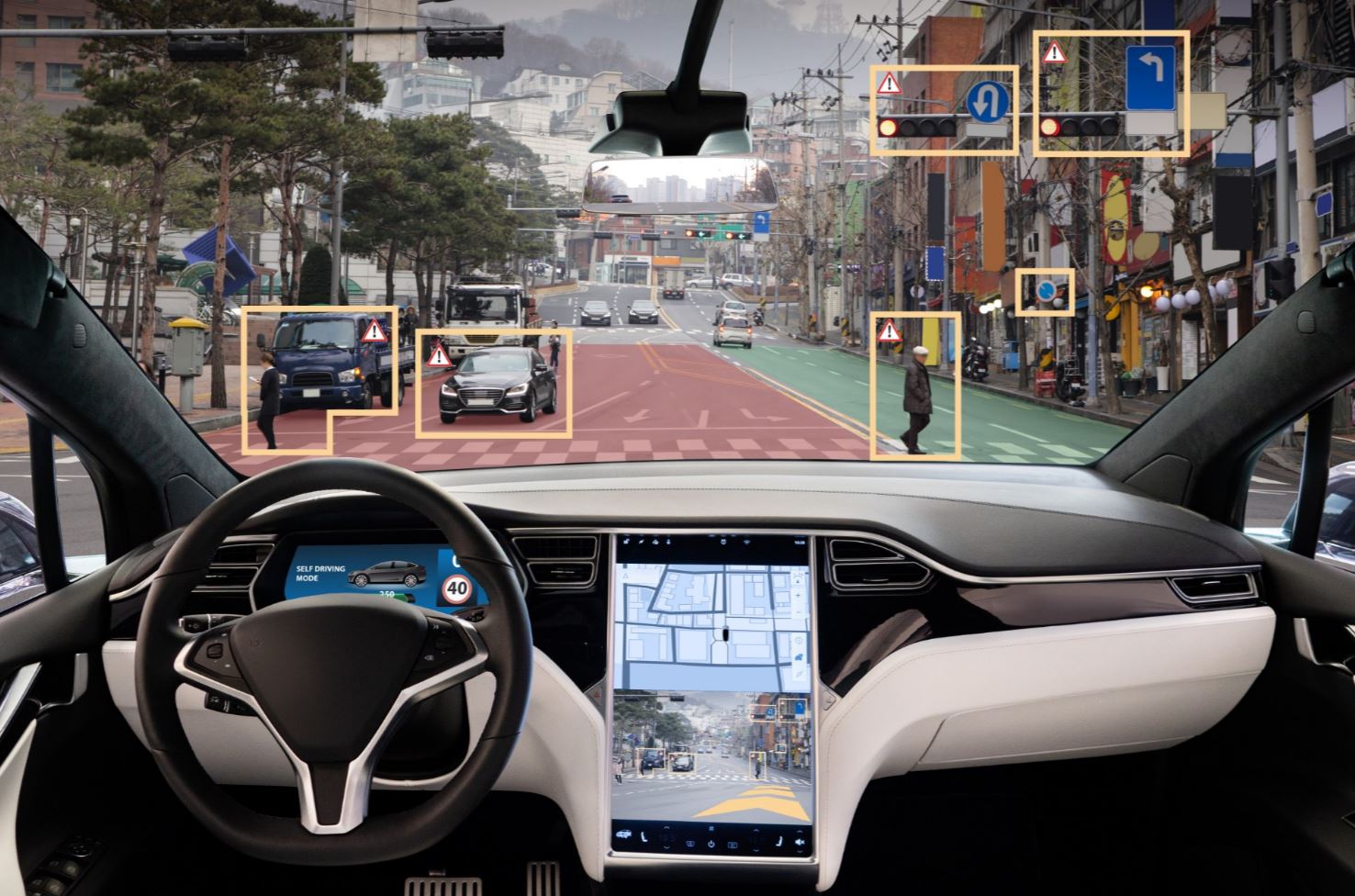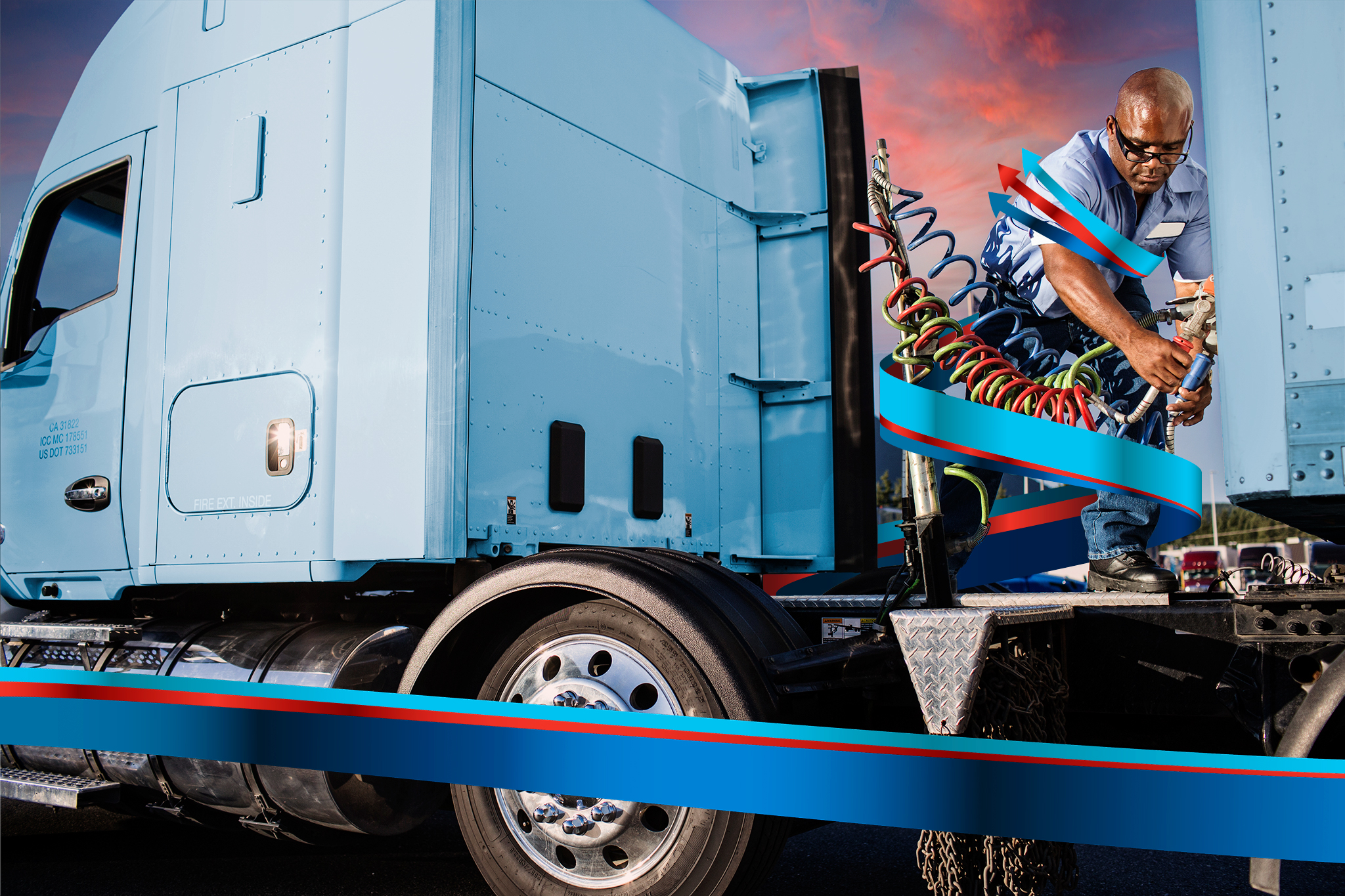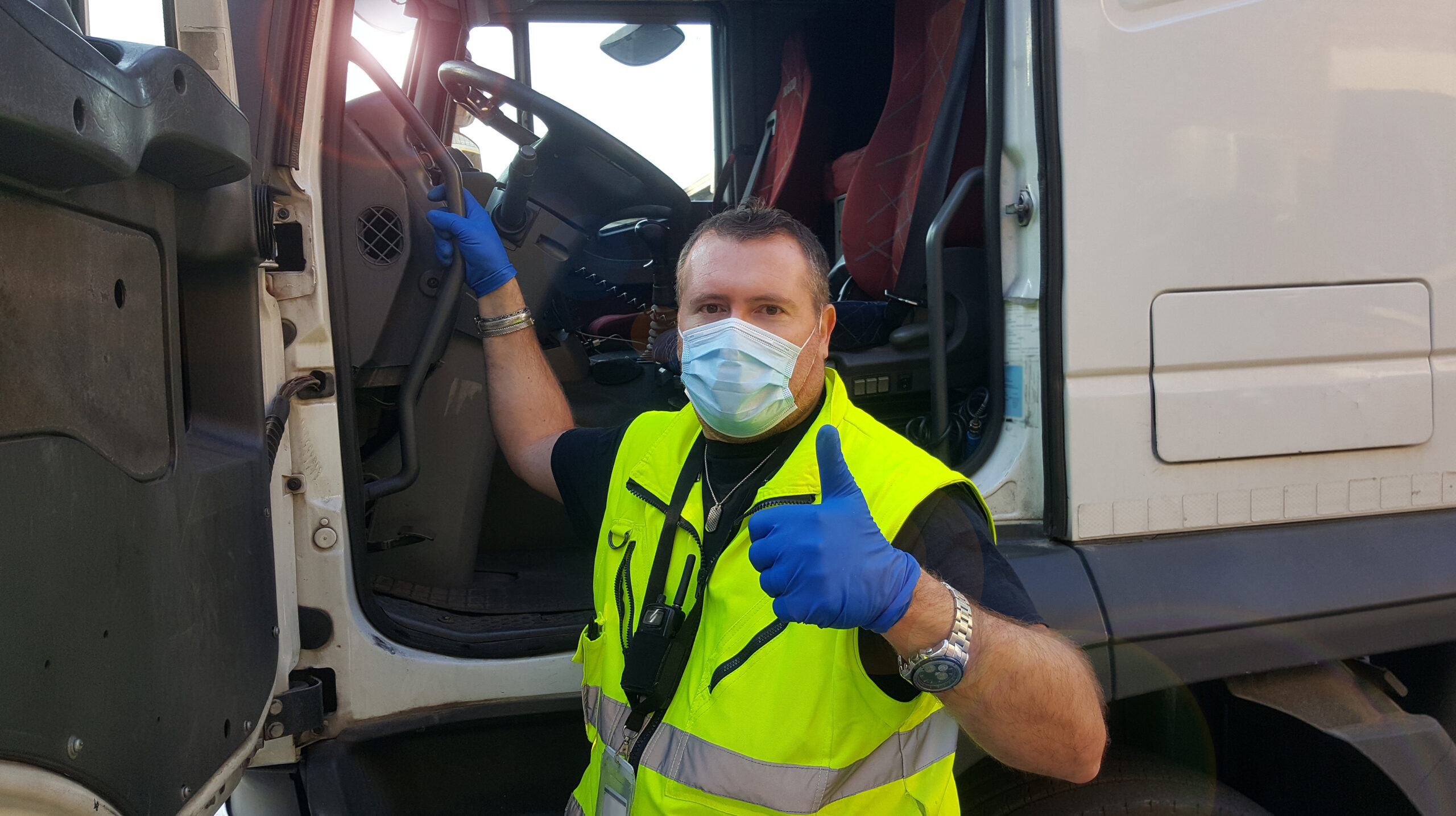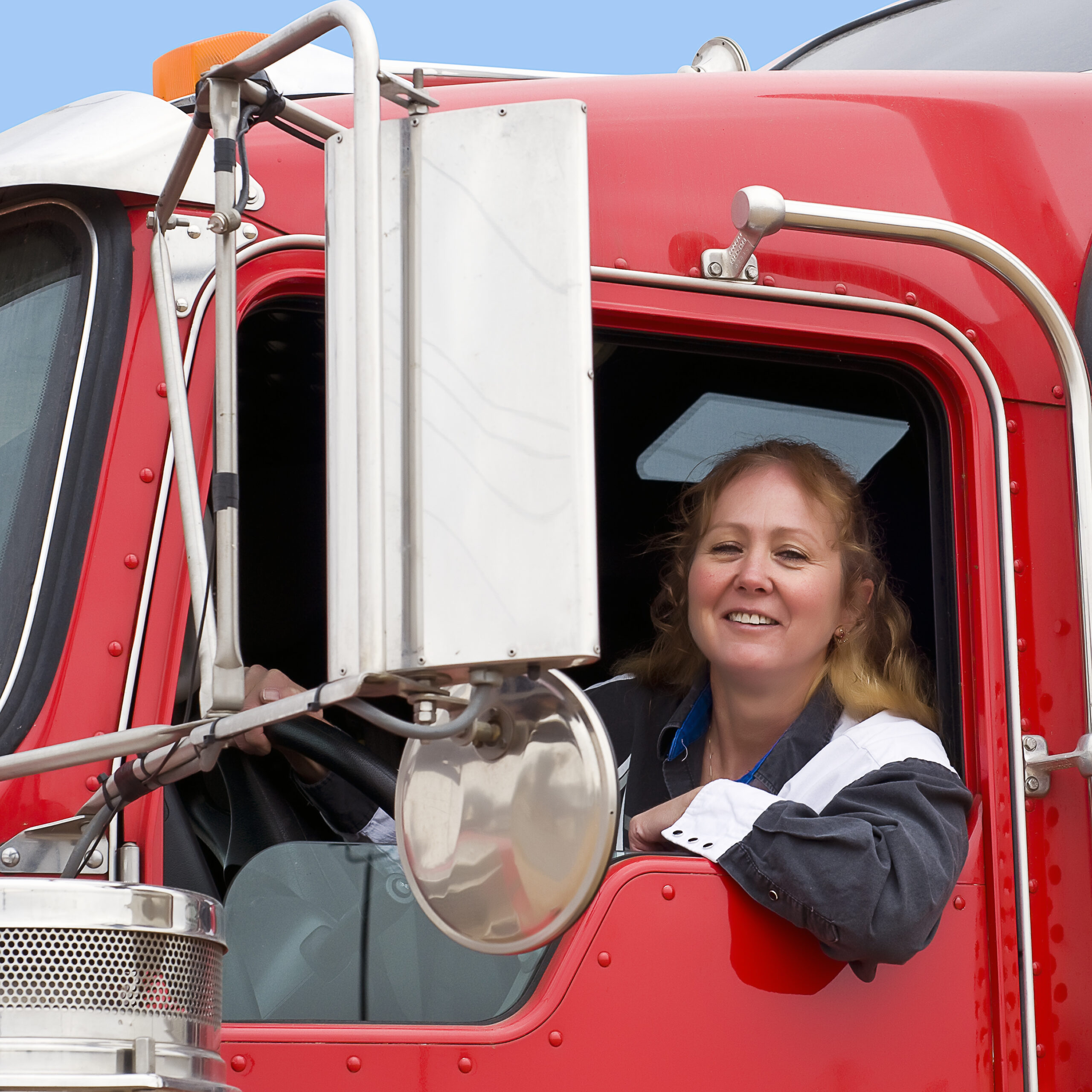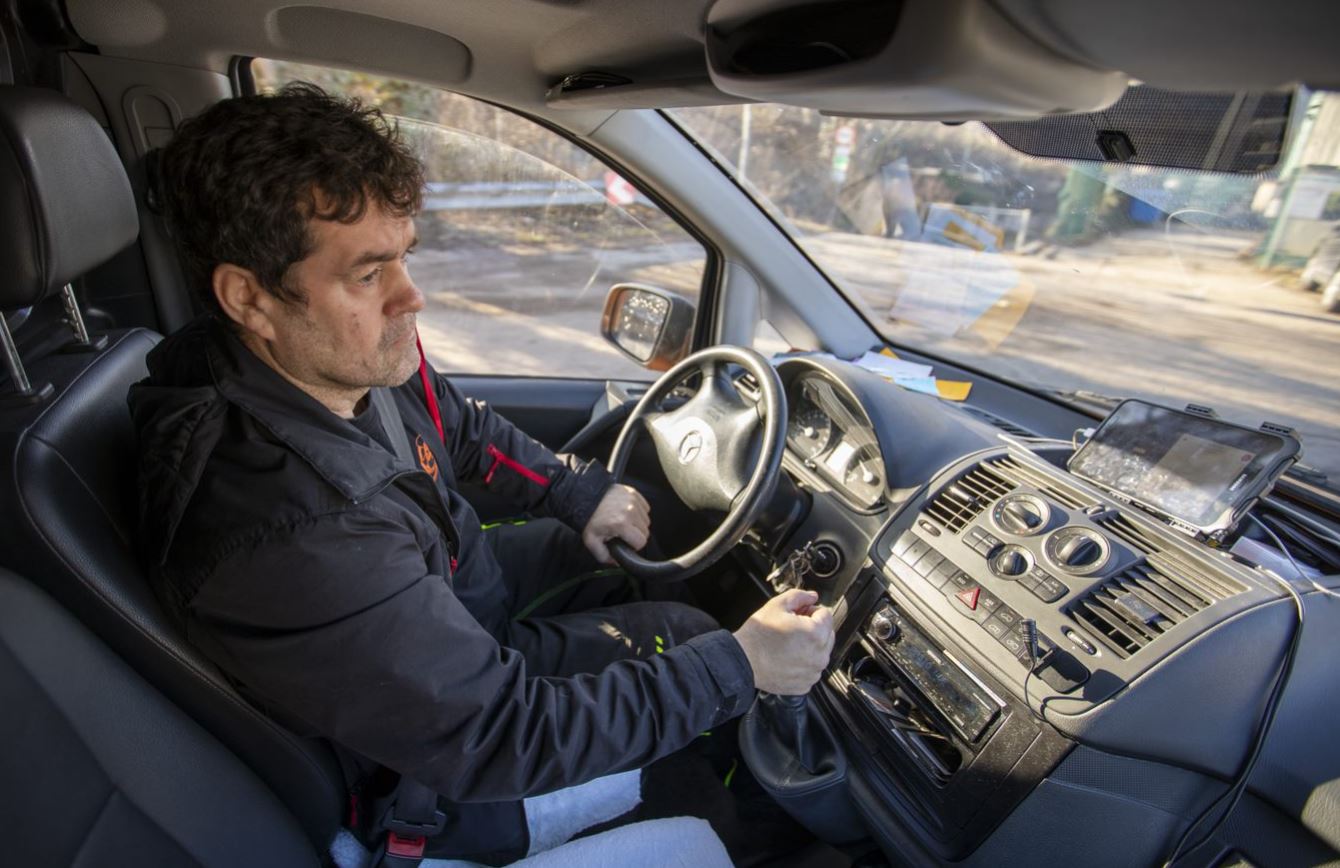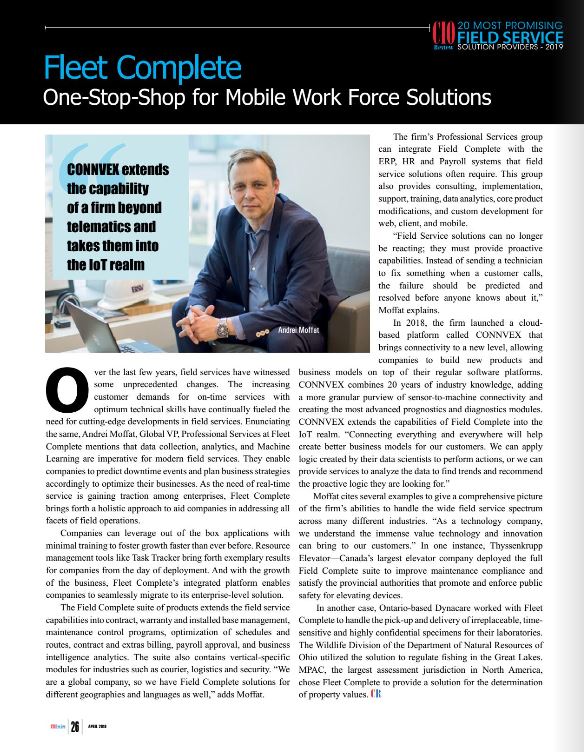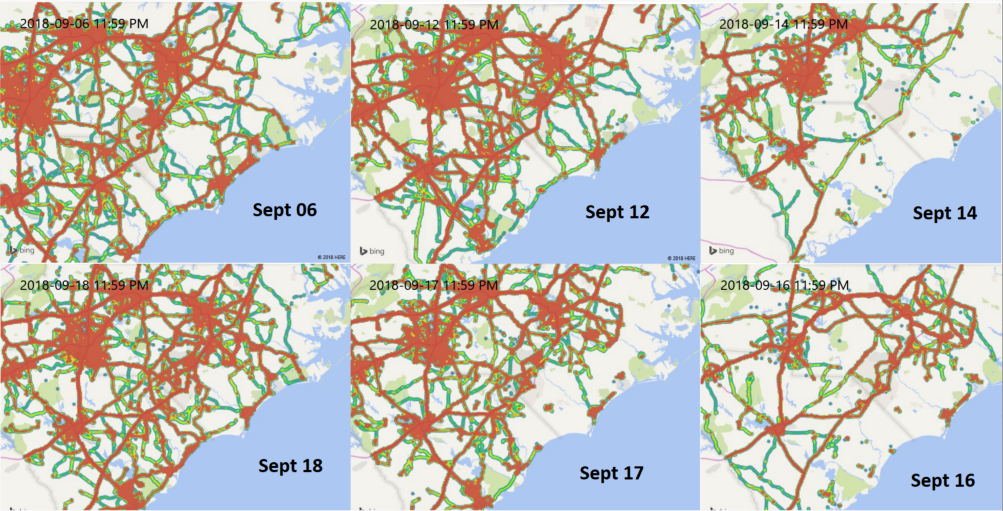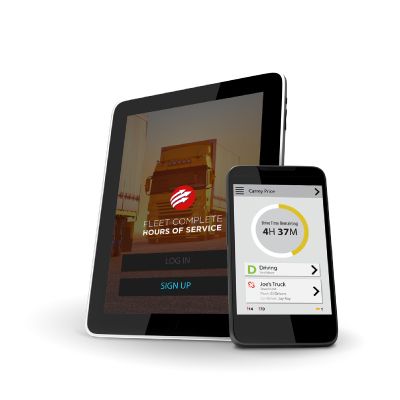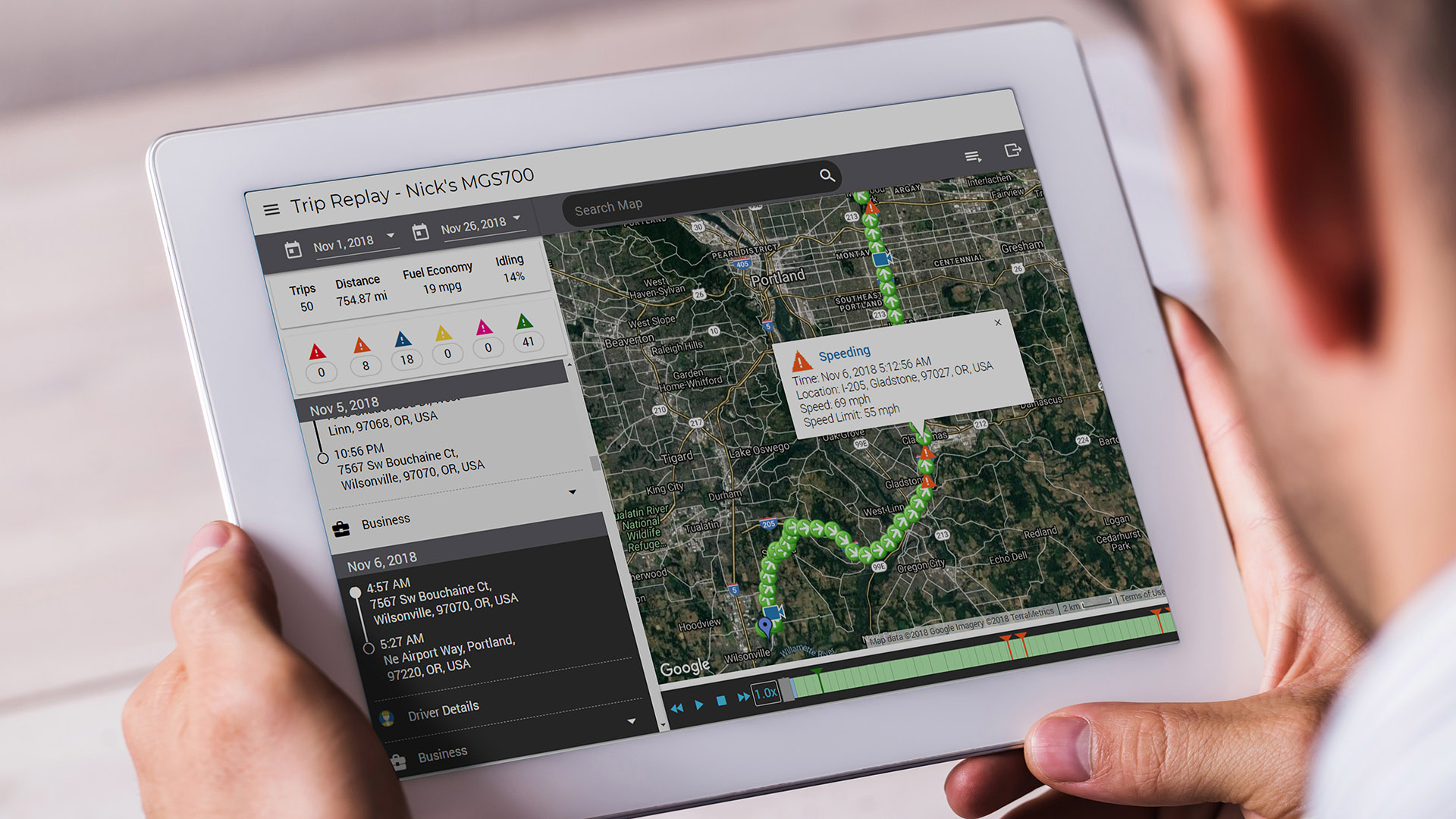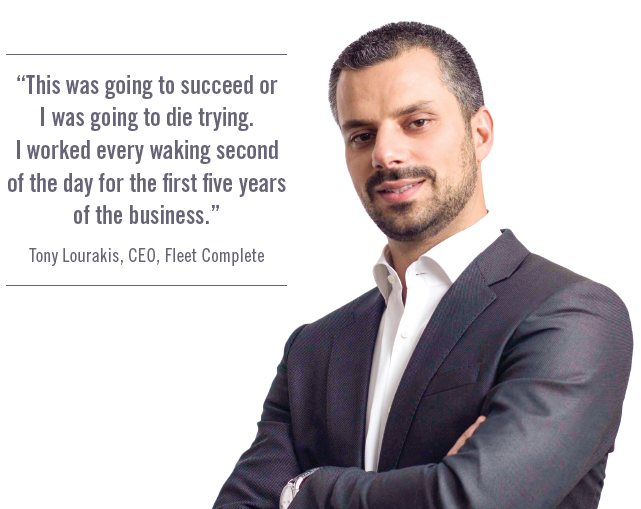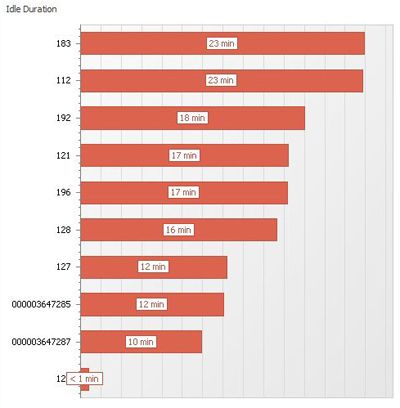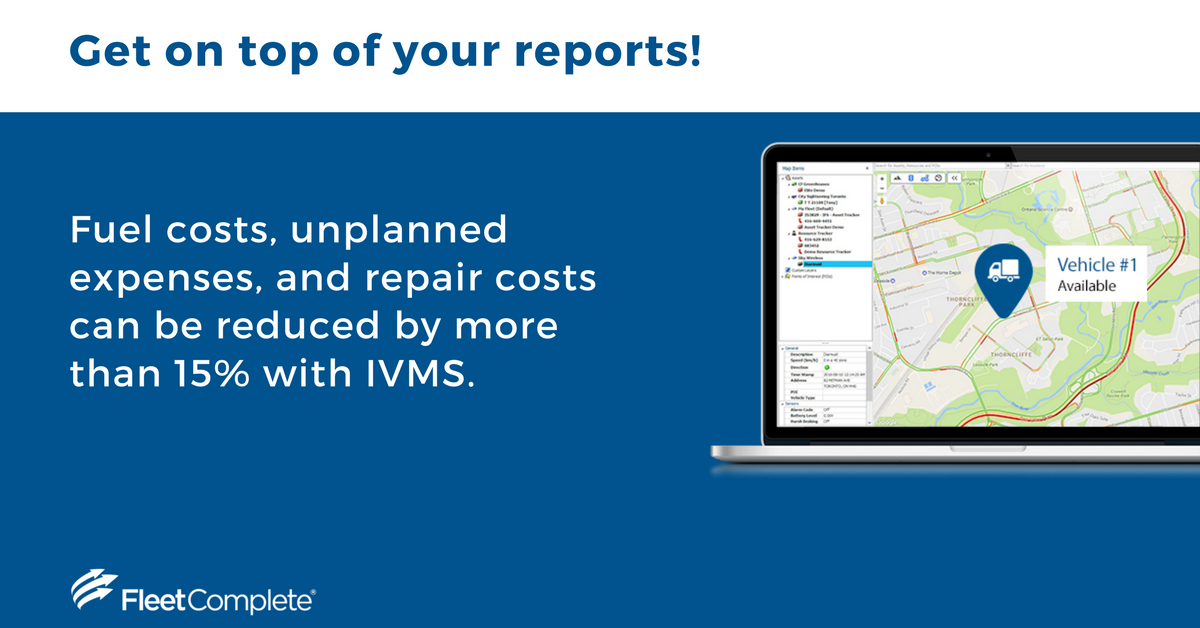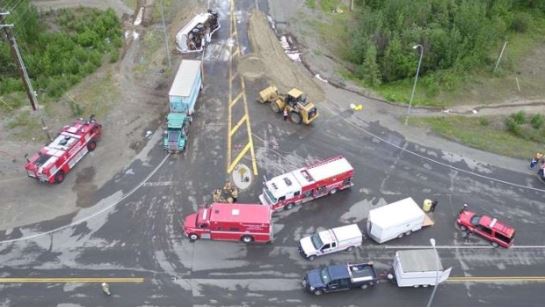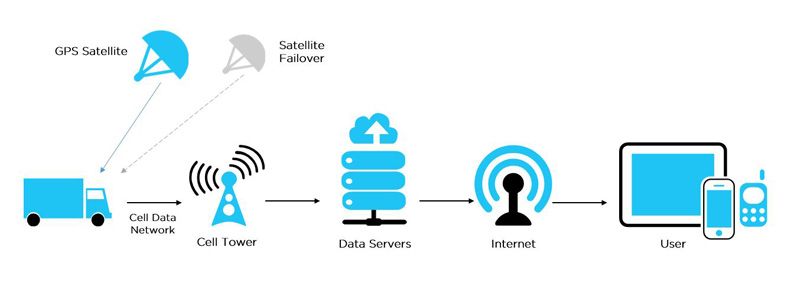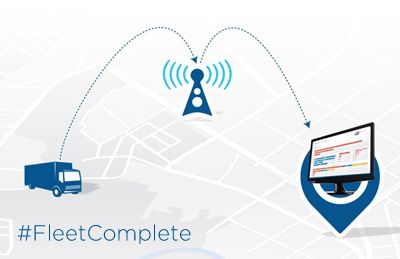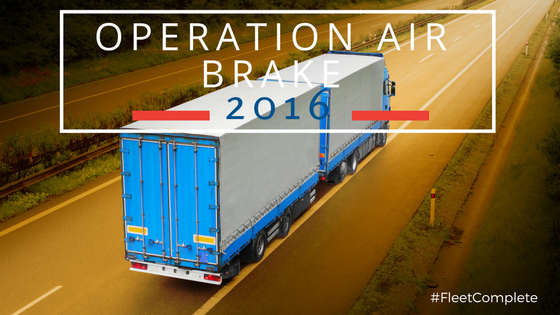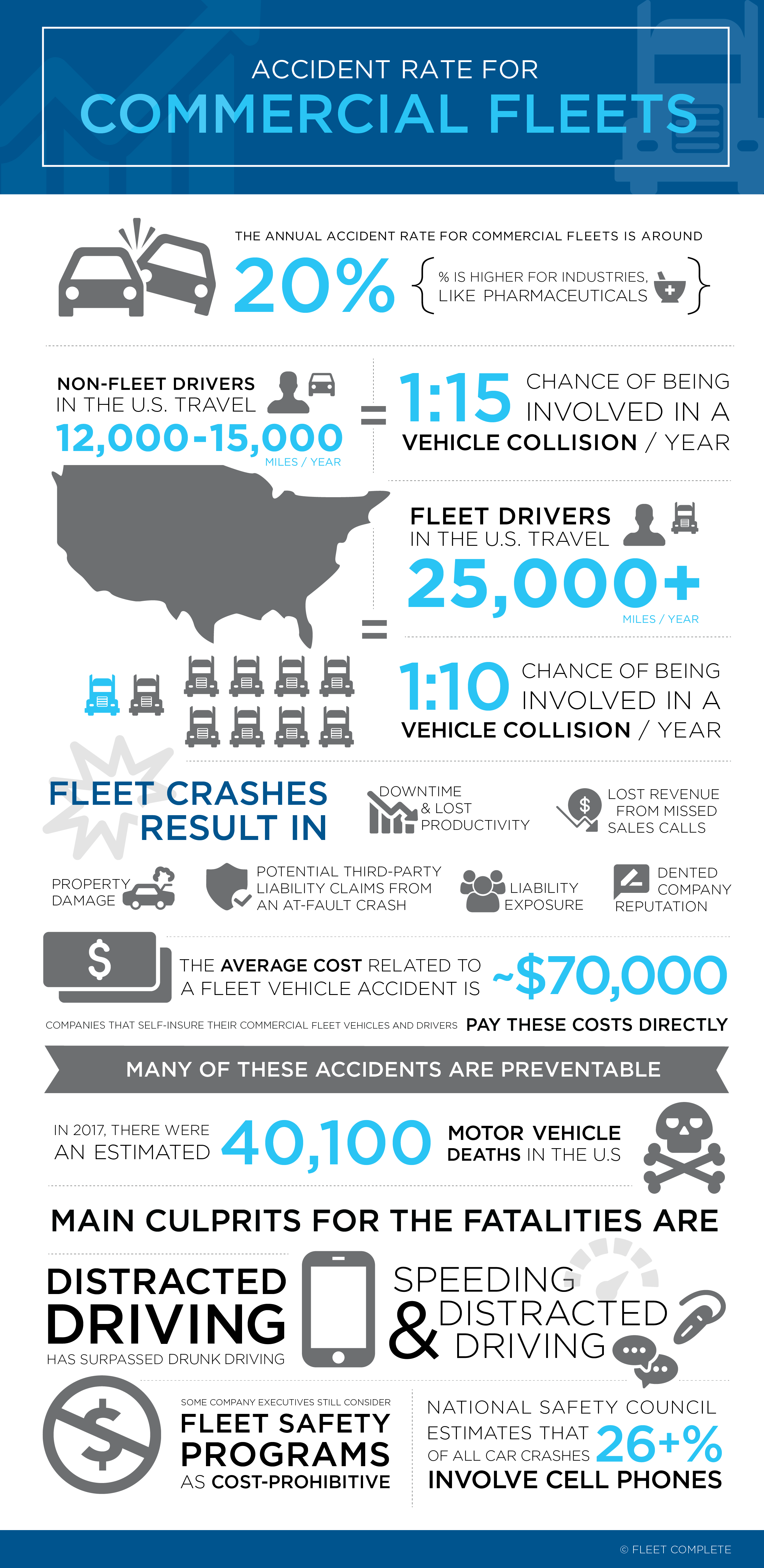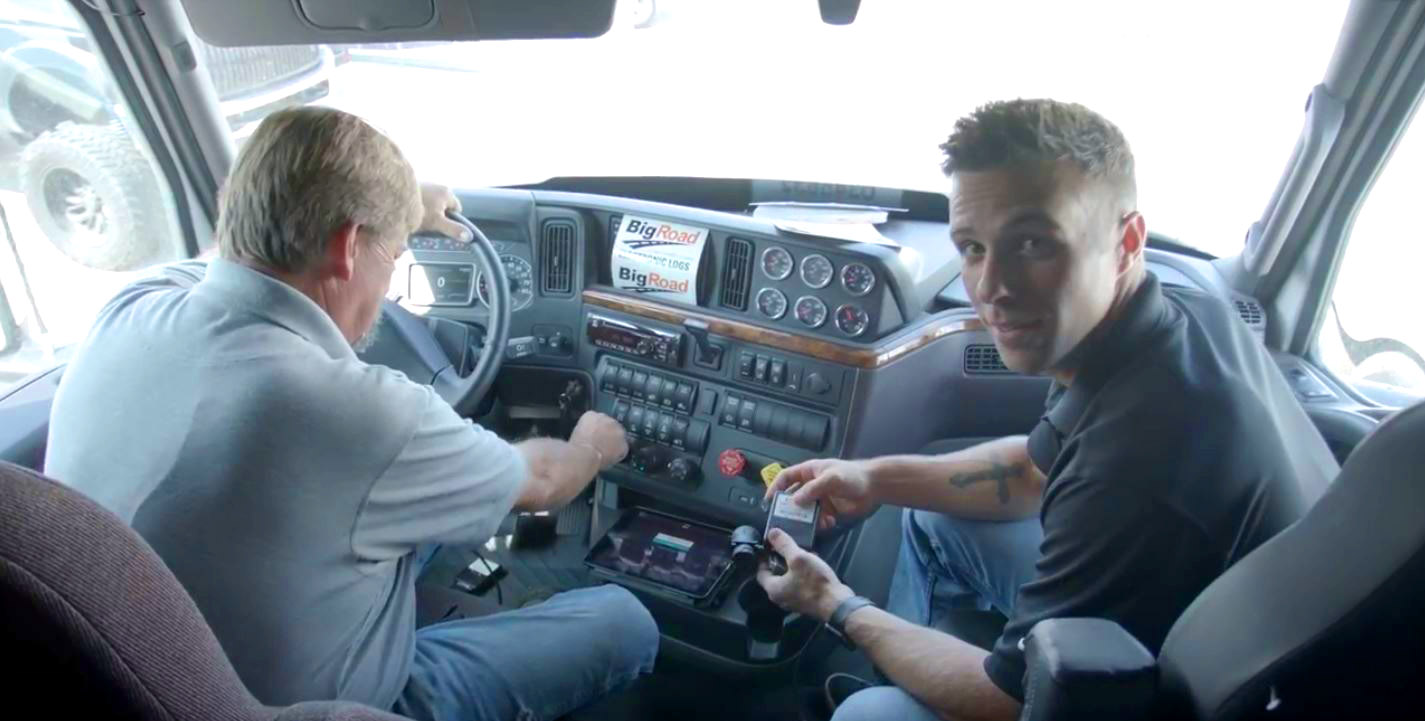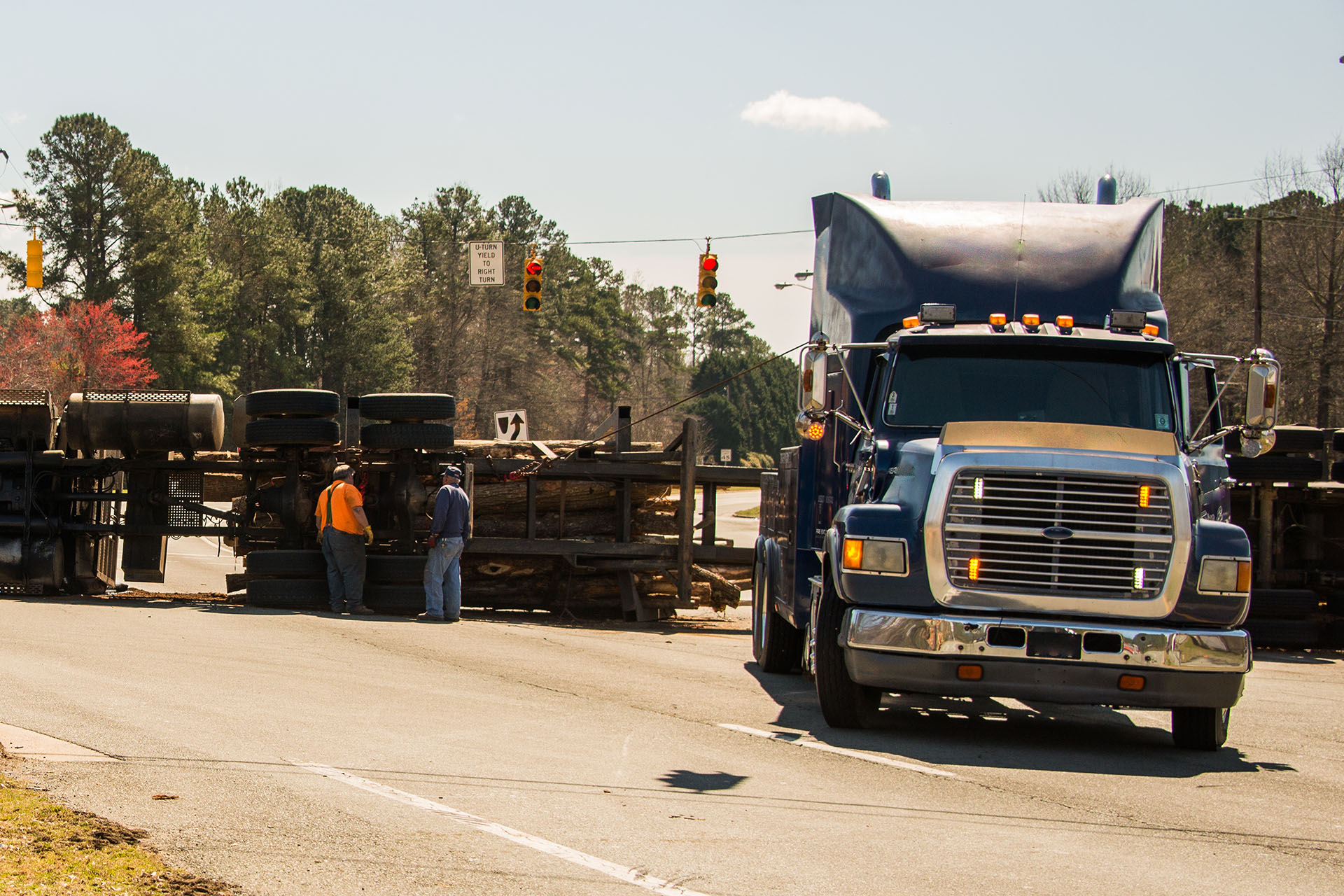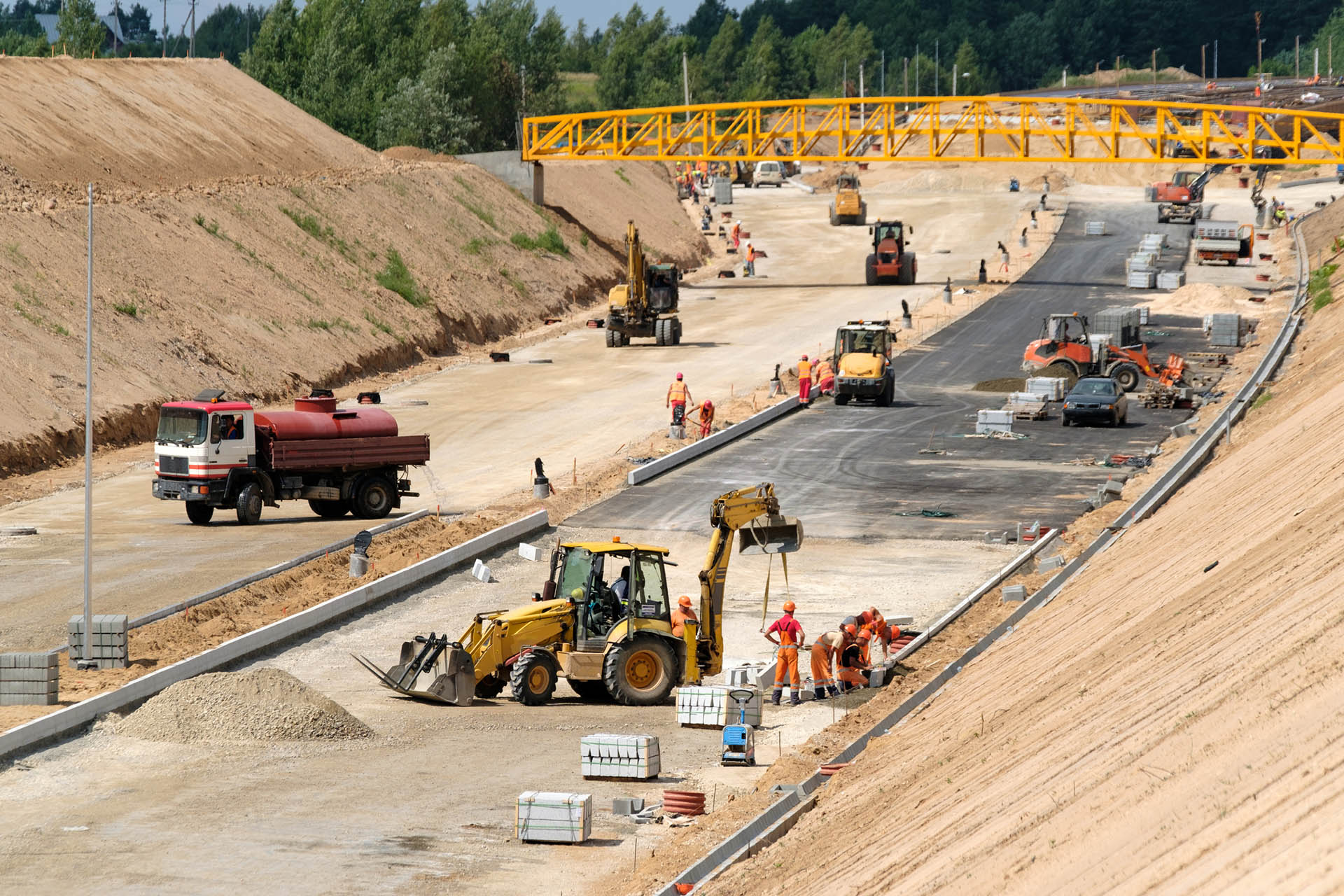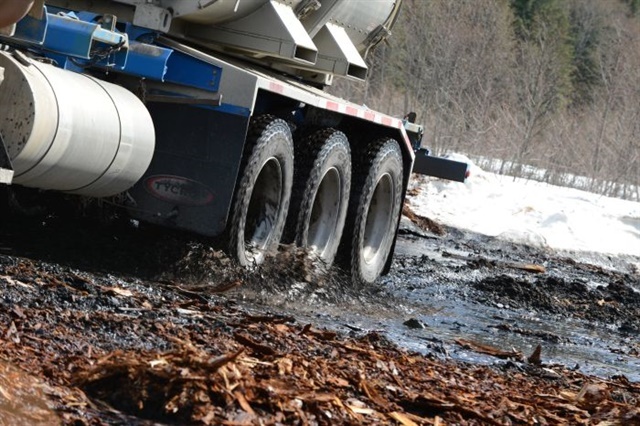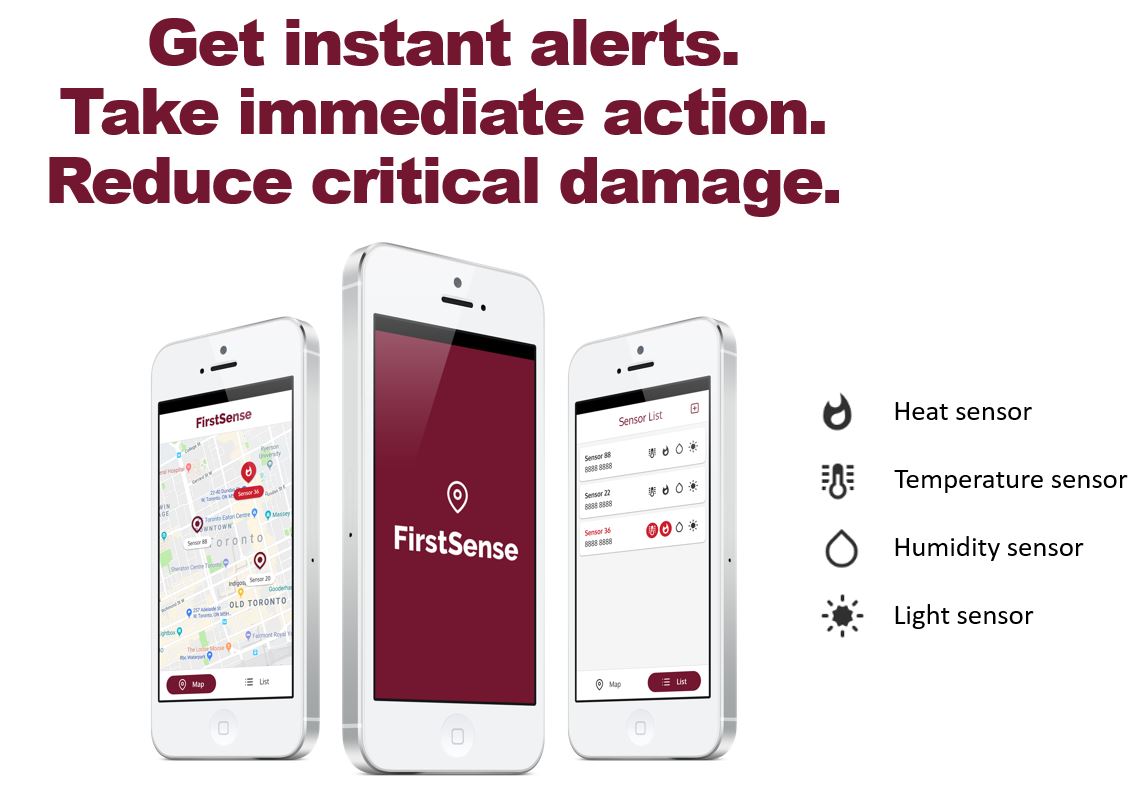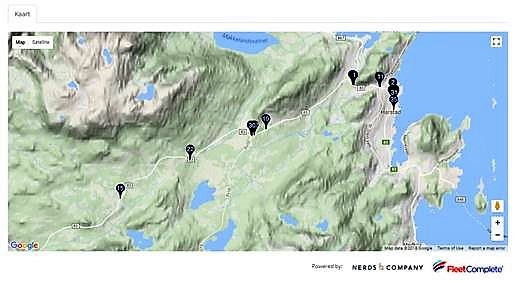The autonomous business is growing, attracting new players to the automotive aftermarket for new mobility solutions.
Berg Insight just released a new report on the automation and Wireless IoT, where they investigate the worldwide market for wireless IoT applications in industrial automation. They predict a compound annual growth rate of 18.8 percent from 21.3 million units at the end of 2018 to 50.3 million units by 2023.
World Economic Forum predicts three main trends in 2019 for autonomous vehicles:
- Changing vehicular form factors
- The year of changing regulations
- Collaborations and partnerships
They predict a shift in utility in light vehicles from the current utility rate of only 5% to a utility rate of 70% of shared automated vehicles.
The industry is growing and changing rapidly, and the natural conclusion is that the car manufacturers need to accommodate the development by collaborations and consolidations in 2019.
Freight Waves states that having autonomous vehicles as a standalone solution doesn’t work, but where are the solution providers in all of this? There are still a lot of questions unanswered on how the market will collaborate or consolidate.
One type of a solution is to tie all communications to a holistic network in one system or connected platform. Communication between car manufacturers, customers, infrastructures and the surroundings in one connected ecosystems is something that new innovative platforms like CONNVEX will bring, honing in on expertise in connectivity and IoT solutions for mobility management.
Sandeep Kar, a global thought leader in the commercial vehicle industry and Chief Strategy Officer at Powerfleet (formerly Fleet Complete), states:
“Future autonomous vehicles will usher in new freight and people mobility business models that will ensure better utilization of mobile resources while reducing total cost of ownership of such vehicles. We are working with OEMs and fleets in creating solutions that convert the challenges posed by autonomous vehicles to opportunities for fleets and drivers alike.”

The prospect of autonomous vehicles is already reshaping commercial mobility as we know it, and wheels are starting to spin around the logistics behind new business models and operations. While challenging, the new era of autonomous driving will help solve issues with metropolitan congestion and uneven access to reliable transportation services. It will help decrease the number of vehicles used per capita, thus reducing the number of vehicles on the streets of highly populous cities. But this type of new infrastructure requires innovative new models of connected mobility for people and goods.
Big Data telematics will play a key role in this transition. It will accelerate the creation of new service models through platforms like CONNVEX that unite key industry stakeholders in one ecosystem, allowing for more visibility into digital transactions and flow of data.
Put simply, stakeholders like vehicle manufacturers, suppliers of modules, systems and components will be able to work directly with cities, municipalities, financial institutions and end users to lay ground for infrastructure refurbishment and maintenance faster than before, accelerating the adoption of autonomous and electric mobility in urban areas.
Although still in the teething stage, the autonomous industry is making big strides towards wide global adoption. Uber is already testing self-driving vehicles on the streets of big cities like Toronto (Canada) garnering infrastructure data and training their AI algorithms. The seeming inevitability of urban autonomous driving instills a certain sense of urgency in moving the innovation behind this adoption forward.

